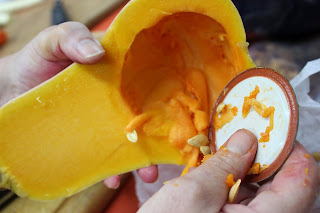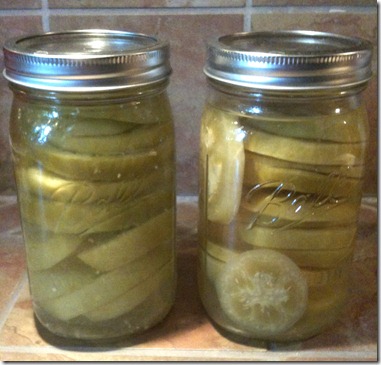Pocahontas County is growing a lot of food these days. So much, that people are starting to get
creative with it. Some might even say
strange. We’d like to share another
recipe from the High Rocks Grow Appalachia Test Kitchen and spotlight some
veggies that found fame at a local festival.
We held our healthy cooking class at High Rocks on Tuesday and
lots of teens prepared and ate sushi for the first time. Appalachian Sushi that is…
Appalachian Sushi
(no, really…it’s good.)
2 cups of cooked rice
¼ cup apple cider vinegar
1 tsp salt
½ cup chopped walnuts, almonds
2 minced garlic cloves
½ medium onion diced
½ cup cabbage diced (can also add/ substitute diced
collard stems)2 tbs soy sauce (or Braggs)
¼ cup crumbled blue cheese
Sauté the onions,
cabbage, nuts, garlic in olive oil and butter until onions and cabbage are
soft. Remove from heat and add crumbled
blue cheese.
Cut steamed leaves
down the center vein. Make a 1inch line
of rice and nut mixture at the end of a halved leaf. Add 1 or 2 strips of butternut squash. Roll as tightly as possible from the filling
end. Cut the roll in to 1in. pieces with
a very sharp knife.
 Participants also made Appalachian Humitas—something like a
tamale, but with fresh local corn (see our earlier post). Both recipes were hits! We also made impromptu butternut squash French
fries with a dash of cinnamon which pleased even the most discriminating palettes.
Participants also made Appalachian Humitas—something like a
tamale, but with fresh local corn (see our earlier post). Both recipes were hits! We also made impromptu butternut squash French
fries with a dash of cinnamon which pleased even the most discriminating palettes. Food took center stage again on Saturday for the town of Marlinton’s Road Kill Cook-off and Harvest Festival. High Rocks Grow Appalachia was there sponsoring a produce pageant. Winners got vouchers to spend at the Marlinton farmer’s market. I’ll let the contestants do the rest of the talking. Enjoy.















































